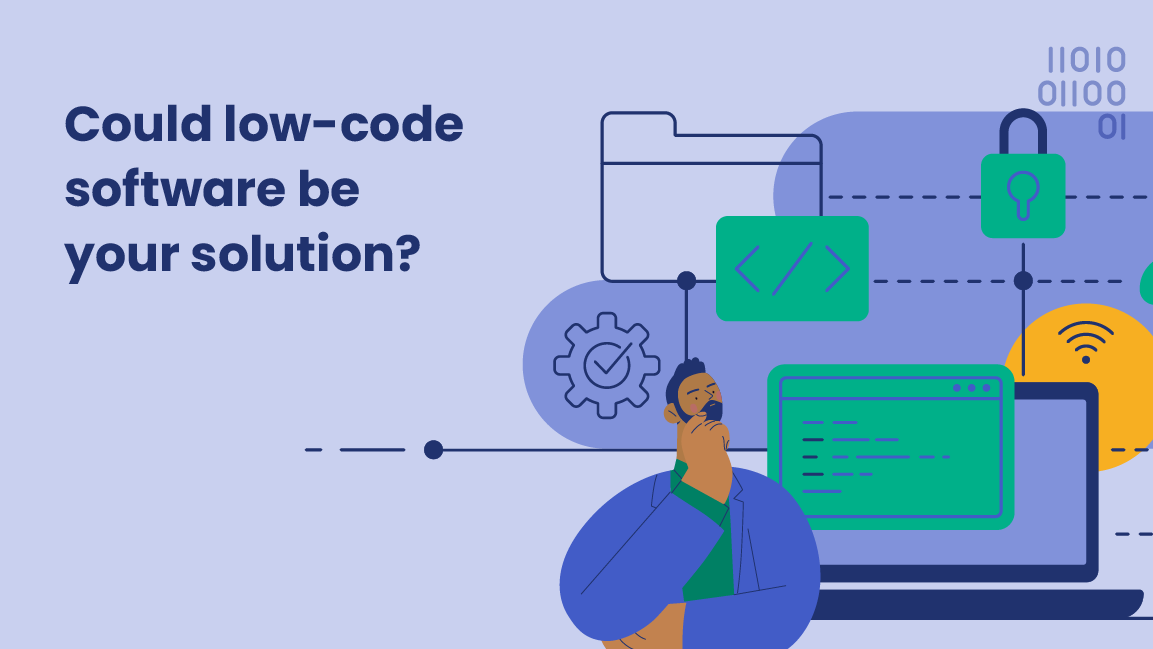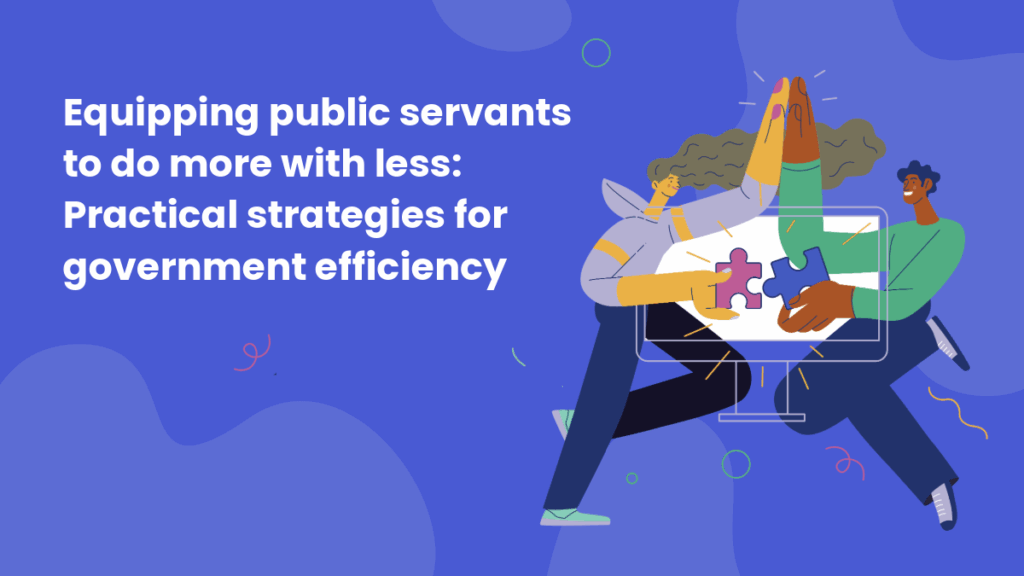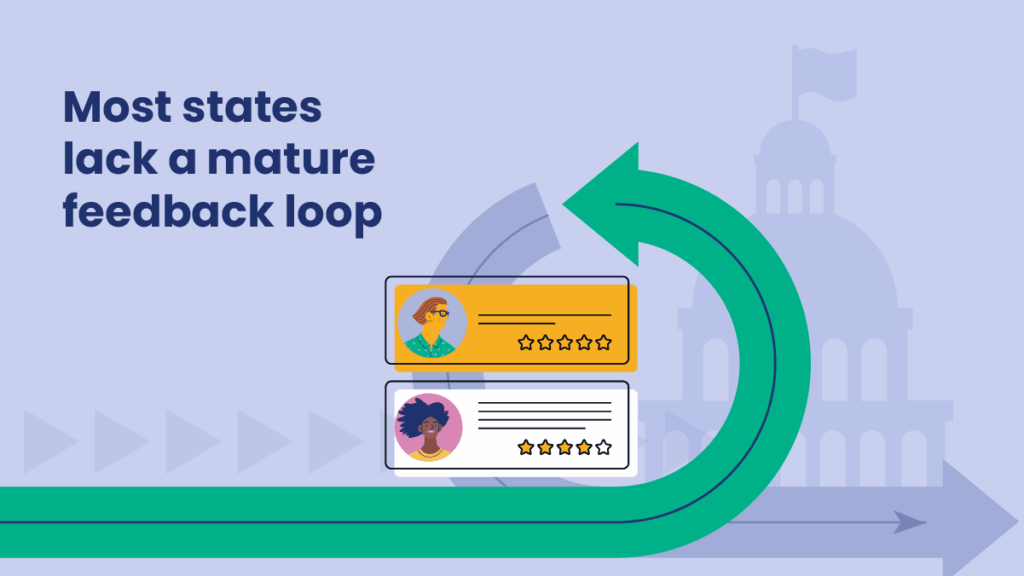How low-code technology improves digital government services

Customers aren’t evaluating digital government services in a bubble; they’re comparing them to their favorite e-commerce site or food delivery app. However, delivering great user experiences is a challenge for many government agencies. Both government regulations and reliance on inflexible legacy systems can slow down modernization.
The current situation for many: Siloed legacy systems
Efforts to update the digital experience for residents are being held back by outdated technology and siloed data centers. These legacy systems are inflexible, hard to adjust, and sometimes just complicated to use — but legacy technology infrastructure is a fact of life for government agencies (and it will likely stay the status quo for a while).
Could low-code software be your solution?
The demand for digital government services has increased the need for collaboration with other departments and agencies, better internal processes, and quicker delivery from IT teams. Low-code technology is one way that government agencies can achieve more in less time, providing unity and speed to the tech stack.
Low-code applications use APIs to integrate with existing technology so agencies can improve their digital services without requiring a full-scale replacement or years-long implementation. And by unifying data from disparate systems into a single interface, they make mission-critical information more accessible so staff can make better-informed decisions.
Learn more about the place of APIs in government tech:
Building Smarter Governments: The Power of API Integrations in Digital Service Delivery
How does low-code technology help create faster, more agile digital government services?
Low-code software doesn’t rely on outdated technology, but it does act kind of like a portal to the system of record. Instead of attempting to navigate a difficult, slow interface, users are met with an intuitive experience.
- Faster development…
Instead of taking years to develop a custom technical solution, agencies can use low-code software to launch new services quickly — often in just a few months. - And parallel developments
With low-code software in place to provide a better user experience, your IT team can focus engineering efforts on more complex projects. - Cost management
A custom build that lasts years takes a lot of money. Low-code solutions are typically more budget-friendly technology for government systems, especially when you consider ongoing maintenance costs.
Dig deeper into the decision between off-the-shelf SaaS and custom solutions: Build vs. Buy: Choosing the Best Path for Government Technology - Unify services
Residents don’t want to (and shouldn’t have to) enter information multiple times and remember passwords for several websites. Low-code technology makes it easier to create a single place for all public-facing services. - Real-time information access
Staff can access data, answer questions, and solve problems immediately instead of having to pull information manually and respond to the request later.
Be aware of…
Usually, the advantages of low-code technology outweigh the limitations, but as you research tech vendors, these are a few things we suggest you investigate:
- Look for data ownership specifics in the contract
You should always own your data. If you decide to move away from said vendor, that information belongs to your agency. - Government-grade security practices
State and local agencies handle sensitive information. Make sure low-code vendors are meeting stringent security and compliance requirements. - Accessibility requirements
The ADA Title II compliance deadlines are approaching, and tech vendors that partner with government agencies must also meet the requirements.
Meet the moment with nimble, efficient low-code software
Put legacy systems to work: Low-code software makes use of the infrastructure your agency has in place but provides a far superior experience for users. Even if you have limited resources or time constraints, low code gives you advanced tech to create responsive digital government services.
Looking for more content?
Get articles and insights from our monthly newsletter.




